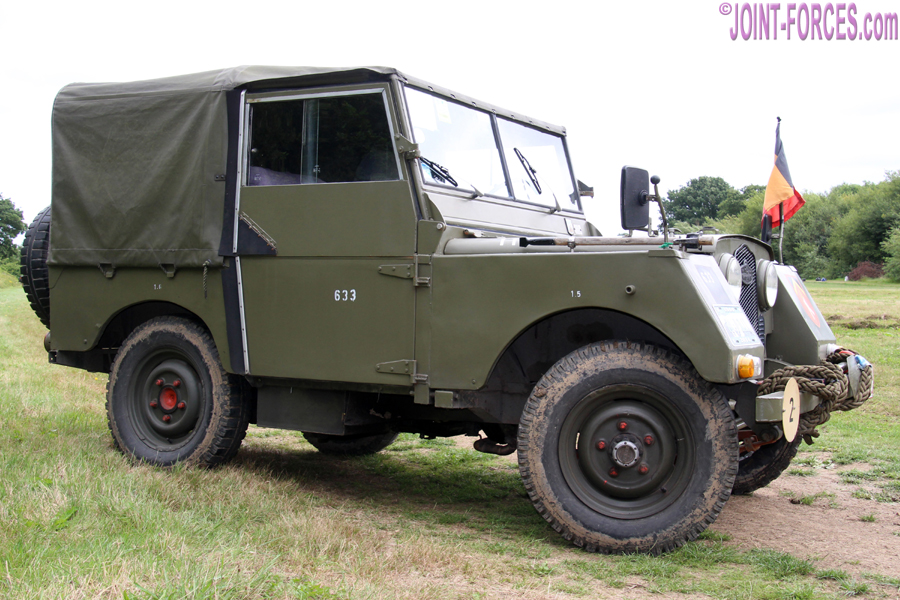
The Minerva TT (Tout Terrain or All Terrain) was a Belgian-built licensed Series One Land Rover model which saw military service, writes Bob Morrison.
~
Regrettably I never had the opportunity to photograph Belgian-built Minerva TT Land Rovers while they were in use with the Belgian Armed Forces, as the last small batch still being used by the elite Para-Conmmandos was cast at the end of the 1980s after well over three decades of service. However in 2017 I was able to photograph a beautifully restored example dating from 1952, owned by veteran Eric Vervaeke, when it was brought over to Kent for the War & Peace Revival living history show.
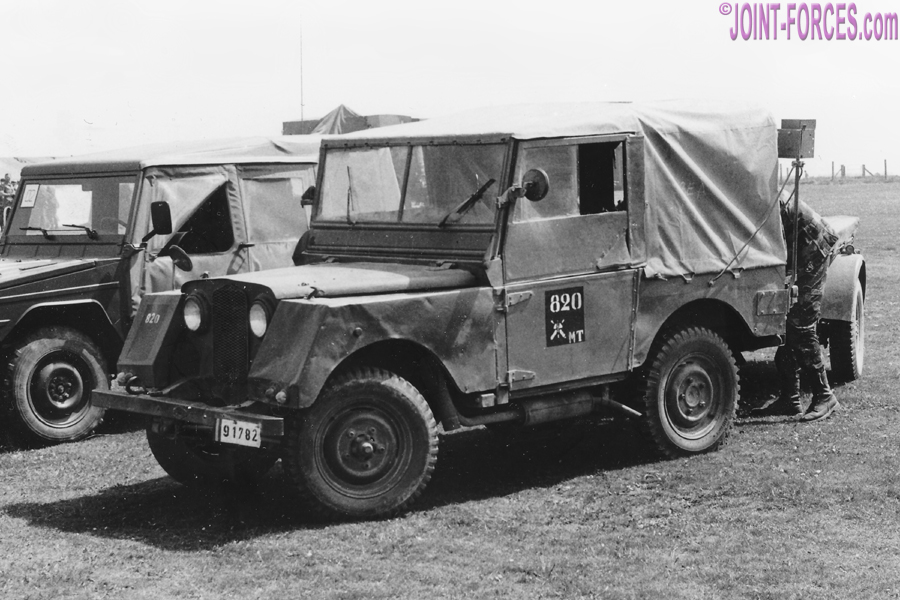
To equip their troops with modern light utility vehicles for United Nations service in Korea, the Belgian Ministry of Defence ordered several thousand Land Rovers through Antwerp-based Société Anonyme Minerva Motors. Prior to World War II Minerva been a luxury car manufacturer and a few years after the war had entered a licensing agreement with The Rover Company Ltd to build their original aluminium bodied Land Rover 4×4 utility vehicle, which of course later became known as the Series One.
The bulk of Minerva Land Rover production, which ended in 1956 following a contractual breakdown with Rover, was on a Belgian-produced copy of the original 80” wheelbase chassis and used a standard Rover engine and drive train supplied from the UK. However the majority of the bodywork was hand-built in Antwerp using mostly locally manufactured components and accessories. As the Belgian company did not have the facilities to press the compound curve front wings they opted for a simple folded sheet design, which gave the Minerva its distinctive sloping front; they also took the opportunity to redesign the engine bay panel and front grille, giving their version a less spartan look than the original.
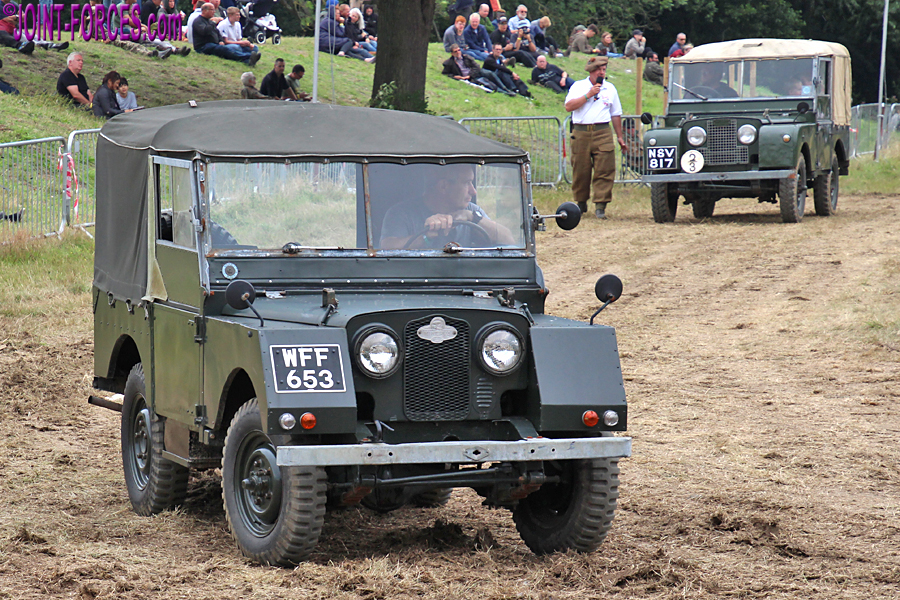
Another design change, in addition to the sloping front wings and radiator grille, which helps one differentiate between the Belgian and British siblings of the same period is the lack of a drop tailgate on the Antwerp-made variants. Though not visible in my photos as the tilt (canopy) is down, the Belgians opted for a low tailboard and mounted the spare wheel on a swing-away carrier which doubled as a door to stop rear passengers or cargo falling out. The spare wheel on the right was balanced up by a spare jerrycan on the left, which gave the Minerva TT a rear profile more like that of a Jeep than a Land Rover. However although essentially the Belgian vehicle was essentially a dimensional and detail clone of the English original, from the side there was no confusing the two if that sloping front end was visible.
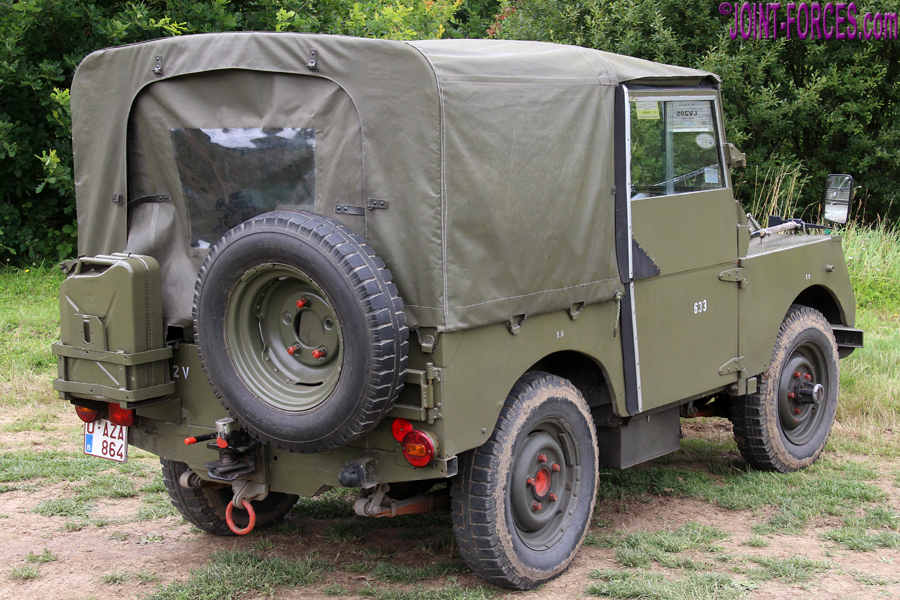
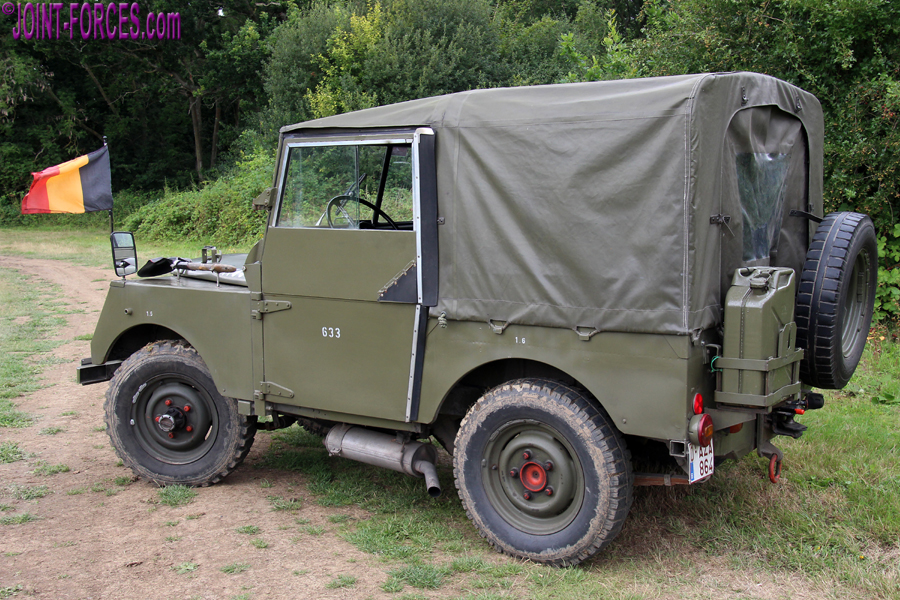
The Korean War, which saw a Chinese-backed invasion by the Communist-controlled North Korea (DPRK) into the territory of democratic South Korea (ROK) blocked by a coalition backed by the United Nations, ran from June 1950 through until an armistice was signed in July 1953. Both the Solihull-built Series One Land Rover and the Antwerp-built Minerva TT served on the United Nations side during the conflict. The Minerva primarily featured here was manufactured in 1952 and would serve with the roughly 950-strong Belgian contingent committed to the United Nations Command forces; it would survive UN service to later be deployed to the newly independent Belgian Congo from 1960 until 1963, before being damaged by a grenade during the civil war in the African country and brought back to Belgium for repairs before resuming its last few years of service as a utility vehicle.
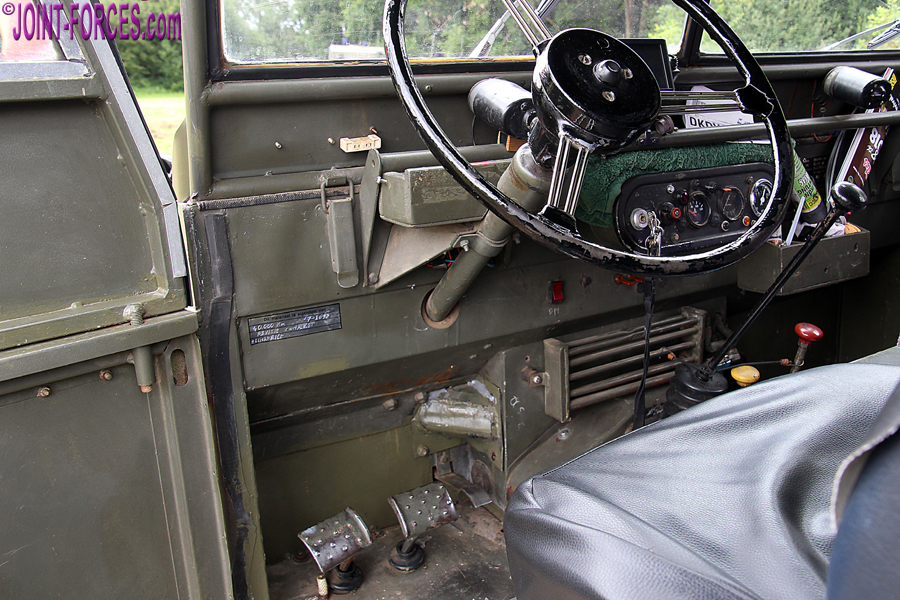
Back in the second half of the 1980s, when I started seriously documenting military Land Rovers, a small quantity of the by then around 35 year old Belgian military Minerva TT fleet was still serving. Although I did my best to track them down in the field in Germany during what I believe might have been their last multinational exercise (after being tipped off by my mate Laurie Manton of SOLDIER Magazine that some were in-country) I was unsuccessful because back then we did not have the benefit of mobile phone communications and though I had a military specification Land Rover at my disposal I kept arriving at locations after they had departed (though I did find the Belgian forward headquarters, protected by a ring of CVR(T) Scimitars and Spartans, hidden deep the forest so it was not a completely wasted trip).
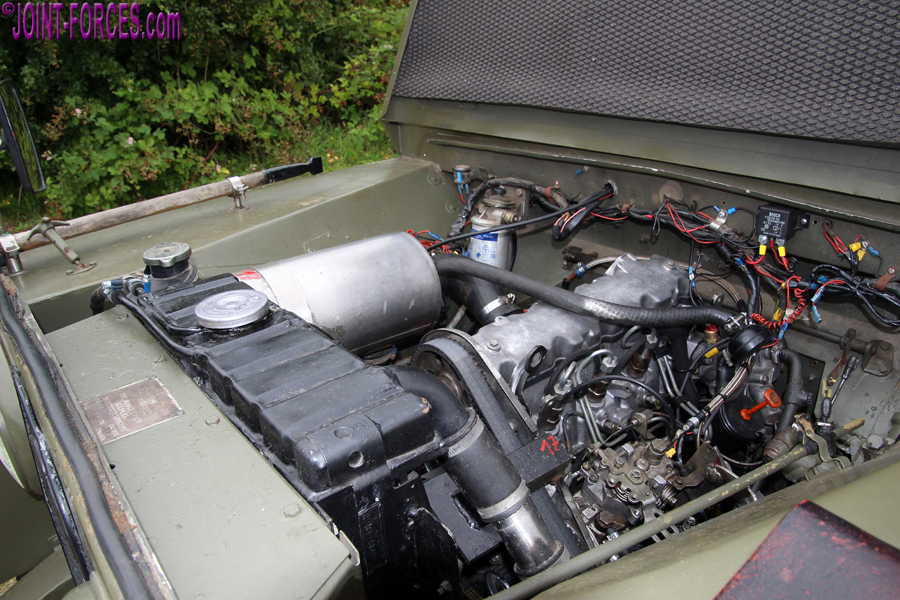
In the past some commentators, including author colleague James Taylor, have stated that the Belgian MoD ordered 10,000 Minerva Land Rovers and this does not seem an unreasonable total for that post-WWII period when conscription and large standing armies were the norm. By the early to mid 1980s the majority of these had been cast from Belgian military service to be replaced by a combination of mostly 88” wheelbase Series II/III Land Rovers and the slightly later Canadian-built Bombardier version of the Volkswagen Type 183 Iltis. However as cast Minerva examples were by then remarkably cheap on the civvy market, especially when compared with early Solihull-built Land Rovers, and as they were remarkably easy to repair and refurbish quite a few found second lives on the classic military vehicle enthusiast circuit.
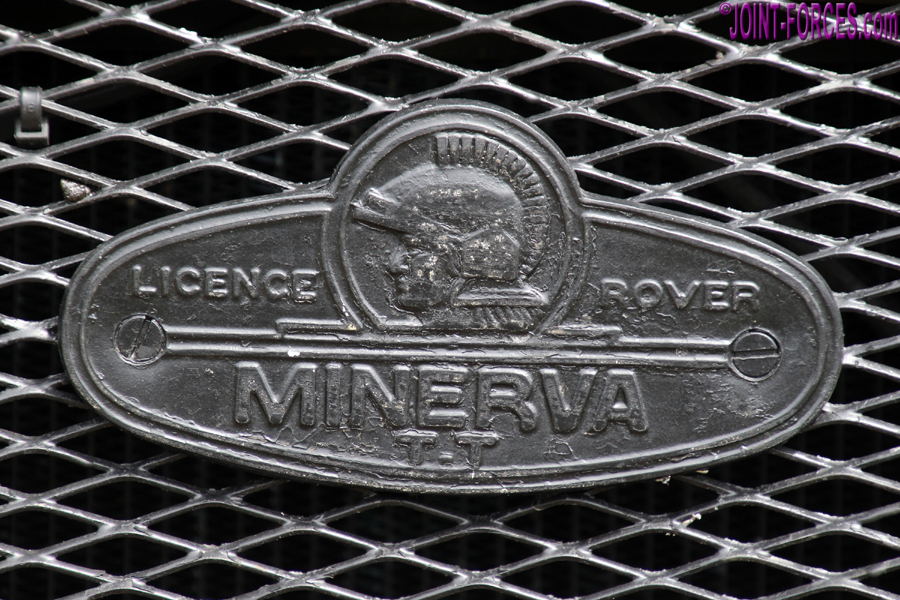
[images © Bob Morrison unless noted]
~



















